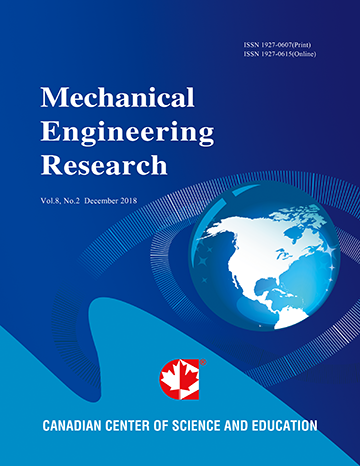The Ultra-Low Friction of Layer Structures
- Michael Nozhenkov
Abstract
The article investigates the process of obtaining the properties of thin films of layered materials, applied vacuum ion-plasma deposition methods. A study of the tribological properties was performed electron diffraction and electron microscopy studies of the structure. It was found a positive effect of the deposition of wear-resistant sublayer and alloying of the antifriction layer, which led to a considerable increase endurance and appearance of ultra-low (super-low) friction. The generalized model of crystal growth mechanism and ultra-low friction, which is based on the possibility of mass transfer non-dissipative (energy) in the absence of resistance forces during the move. Also found that the ultra-low (super-low) friction, superconductivity and superfluidity are related phenomena defined by the phase transition of the energy distribution of particles through a critical value (energy potential barrier). Energetically favorable arrangement of the particles in the crystal lattice of the lattice for the realization of the non-dissipative movement with the disappearance of forces of resistance are the Van der Waals areas, which is followed by predicting the implementation of the investigated phenomena.
- Full Text:
 PDF
PDF
- DOI:10.5539/mer.v3n2p73
Contact
- Lenna BaiEditorial Assistant
- mer@ccsenet.org
